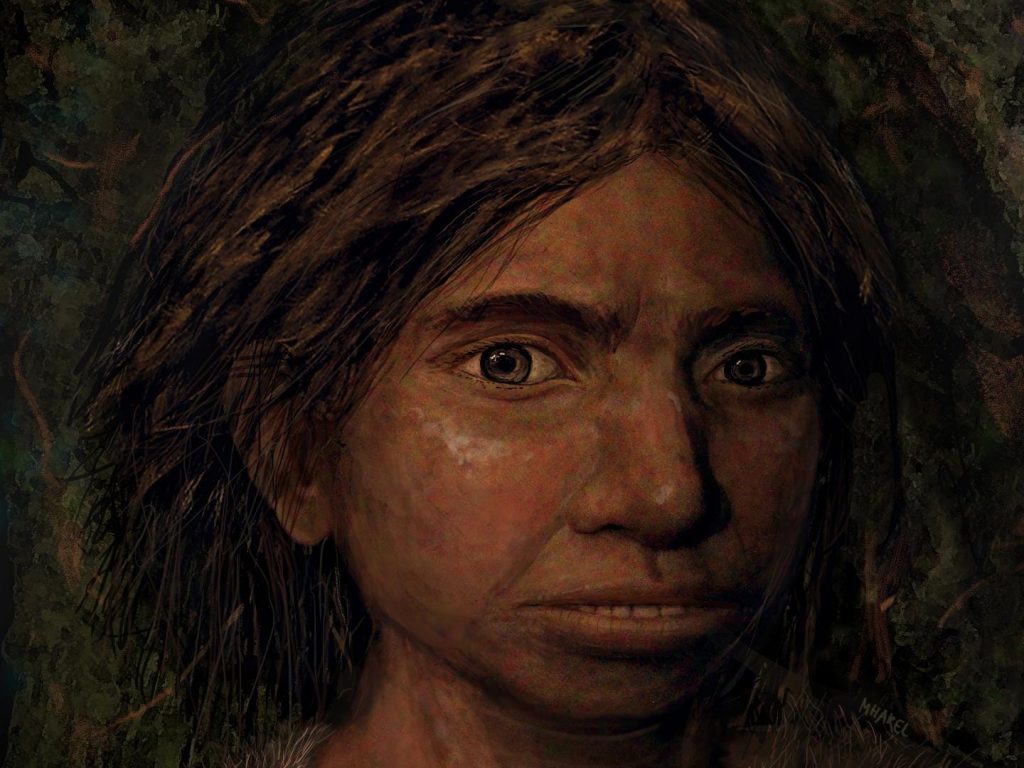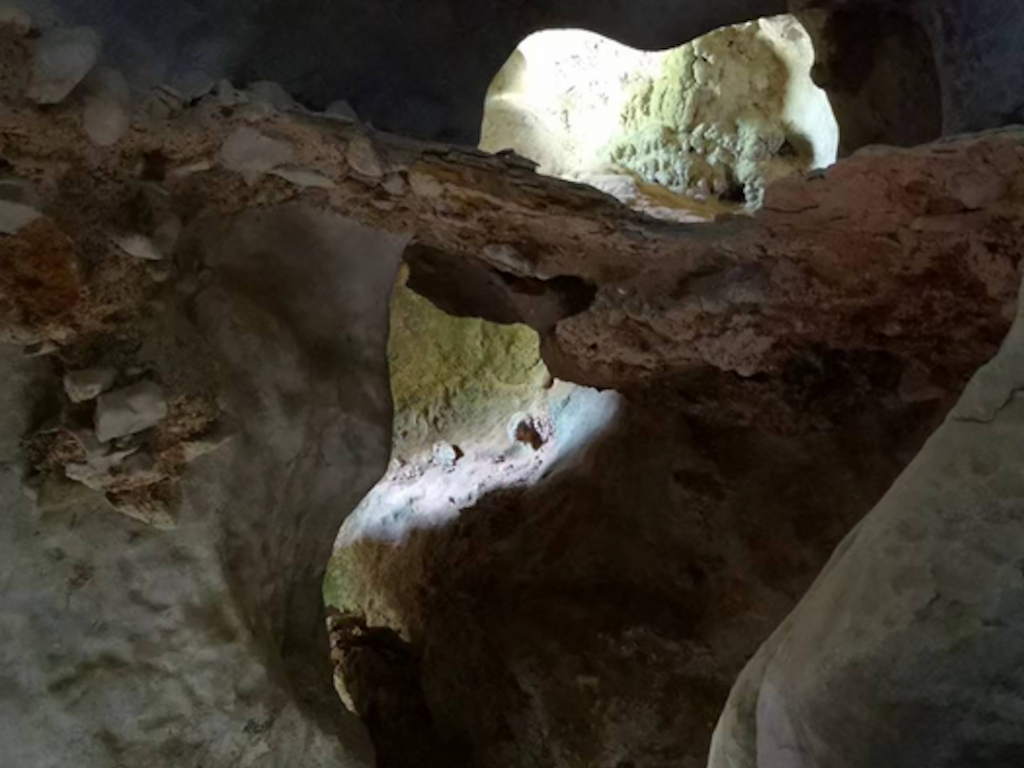- A tooth found in a cave in Laos was found to be from an ancient human species called Denisovans.
- The tooth, most likely a girl's, places the extinct humans in southeast Asia for the first time.
- This solves the mystery of how Denisovan genes are found in humans in southeast Asia today.
Remains of a now-extinct ancient human species called Denisovans were found in southeast Asia for the first time.
Scientists were seeking remains from Denisovans in the area because they knew that some of their genes have been passed on to modern human populations in southeast Asia today.
But until now, scientists had not been able to formally place them there.
A single tooth more than 130,000 years old that belonged to a young Denisovan was found in a cave in Laos.
"That was kind of the big mystery: why is Denisovan DNA found in these southeast Asian populations, but not found in Eurasia or anywhere else," Mike Morley, an associate professor from the Microarchaeology Laboratory at Flinders University and an author on the study, said in a press release.
"This is the kind of 'smoking gun,' this tooth," he said.
The tooth was found in a cave site named Tam Ngu Hao 2 in Laos in 2018. The findings were published in the peer-reviewed journal Nature Communications on Tuesday.

Denisovan remains have only been found in two other locations
Denisovans are a species of ancient humans. Like the Neanderthals, Homo naledi, or Homo bodoensis, they have gone extinct while modern humans survived.
This subgroup of ancient humans has been particularly elusive because very few remains have been discovered to date.
Most of the remains have been found in the Denisova cave in Siberia, thousands of miles North of Laos.
But scientists knew these ancient humans must have gone down as far as southeast Asia, where they would have crossed paths with modern humans. A 2020 study found that a small number of Denisovan genes can be found in some populations in southeast Asia.
The Laos discovery is only the second to place Denisovan outside of Siberia.
This cave, where the first Denisovan remains were found in 2008, was likely inhabited by Denisovans about 300,000 years ago to about 50,000 years ago. It has taught us that these humans likely used stone tools and that they likely interbred with humans and neanderthals.
A 2020 study revealed a jawbone found in Baishiya Karst Cave in Tibet, Xiahe County, Gansu, China, was from a Denisovan that lived about 160,000 years old.

Clues reveal the tooth's origin
The conditions in the cave mean the tooth's DNA has been too badly preserved to be read. But scientists found other clues about its origins.
An analysis of the proteins in the tooth revealed it likely belonged to a girl, aged 3.5 to 8.5 years old.
The tooth's internal structure also resembles the shape of those found in the Tibetan specimen of Denisovans, which indicates the child was Denisovan.
The rock around the tooth could also be dated, which indicates the child lived between 164,000 and 131,000 years ago.

Local children first spotted the tooth
The scientists were first told about the fossil-rich cave by local children in 2018, Laura Shackelford, a paleoanthropologist at the University of Illinois and a co-author of the study, told The New York Times.
When they reached the closet-sized cavity where the children said they found the bones "all you could see were bones and teeth, embedded in the walls and in the ceiling of this cave," said Shakelford.
"They were just sort of everywhere," she said, per the Times.
Most of these were bones from pigs, deer, and pygmy elephants, which had teeth marks suggesting they were part of a meal, the Times reported. But among the fossils, the scientists found a single tooth belonging to the ancient human.
